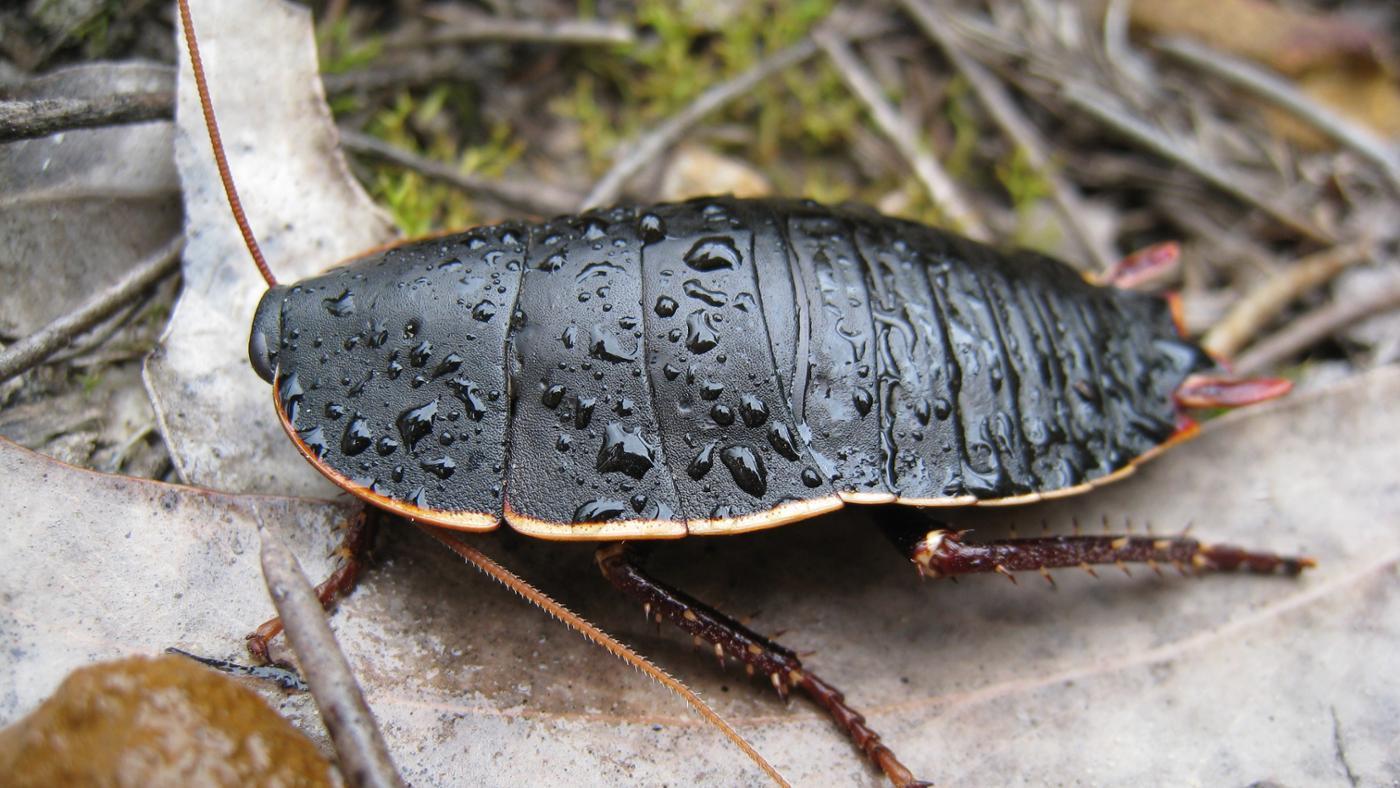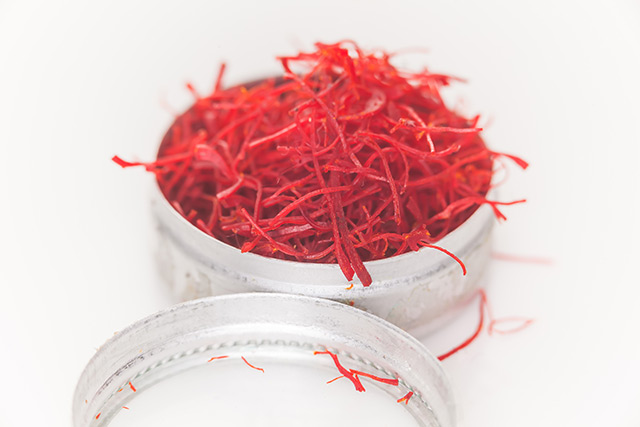 Parler
Parler Gab
Gab
- A new study directly links infestations to high levels of airborne cockroach allergens and bacterial toxins called endotoxins, which are shed in their feces.
- When inhaled, the allergens and endotoxins trigger powerful inflammatory and allergic responses, significantly worsening conditions like asthma, especially in children.
- Due to their higher food consumption for egg production, female roaches excrete nearly double the amount of endotoxin-laden feces compared to males.
- The research found that only professional extermination that fully eliminates the cockroach population leads to a dramatic drop in the levels of these harmful airborne substances.
- Effectively managing cockroach infestations, particularly in vulnerable communities like multi-unit housing, is critical for protecting respiratory health and removing a primary source of biological pollution.
Female cockroaches: The biggest polluters
A key finding from the laboratory phase of the research was the significant role of female cockroaches. The study determined that female roaches excrete nearly double the amount of endotoxins compared to males. The explanation is straightforward biology: females consume more food to sustain egg production, leading to greater bacterial activity in their digestive systems and, consequently, more toxin-laden feces. This dynamic was reflected in the field samples, where kitchens consistently showed higher concentrations of both allergens and endotoxins than bedrooms. Kitchens provide the ideal environment for cockroaches, offering ample food, moisture and hiding places, which allows populations—and their polluting byproducts—to thrive. The most compelling evidence came from the extermination phase. Over a six-month monitoring period, the results were starkly clear. Homes that received no treatment maintained persistently high levels of allergens and endotoxins. However, in apartments where professional pest control successfully eliminated the cockroach population, the levels of both harmful substances dropped dramatically. The researchers emphasized that partial reductions in cockroach numbers are ineffective. A small number of remaining insects, particularly the highly productive females, continue to deposit enough allergens and toxins to maintain unhealthy indoor conditions. Complete eradication is necessary to see a meaningful improvement in air quality.A public health imperative
This research elevates pest control from a matter of basic sanitation to a critical component of public health strategy. For decades, public health experts have recognized cockroach allergens as a major trigger for asthma, especially in inner-city children. This study adds a new layer of understanding by directly linking infestation levels to a second, synergistic pollutant. "Endotoxins from cockroaches can trigger severe allergic reactions and asthma attacks in humans when inhaled. These substances are a component of the bacteria that cockroaches carry and shed into their environment, such as in the contaminated sink described," BrightU.AI's Enoch noted. "Ingesting or coming into contact with these endotoxins, especially in unsanitary conditions, poses a significant risk to respiratory health and overall well-being." The fact that these allergens and endotoxins were found in airborne dust samples is particularly concerning. It means residents are inhaling these pollutants continuously, without the need for direct contact with contaminated surfaces. This creates a chronic exposure scenario that can lead to persistent respiratory inflammation and heightened sensitivity. The findings from North Carolina State University deliver a powerful and unambiguous message. Cockroaches are covertly degrading the air quality in millions of homes, posing a silent threat to respiratory health. The path to cleaner, healthier indoor air is clear: strategic and effective pest elimination is not just about removing a pest, but about removing a primary source of biological pollution. Watch and learn why cockroaches are so hard to kill. This video is from the Smile for Science channel at Brighteon.com. Sources include: ScienceDaily.com EduTalkToday.com Research.NSCU.edu BrightU.ai Brighteon.comFDA appoints longtime oncology chief to head its Center for Drug Evaluation and Research
By Ramon Tomey // Share
Tanzania election violence: UN reports hundreds killed amid allegations of evidence concealment
By Belle Carter // Share
TAR-200 implant: A game-changer for bladder cancer?
By Ramon Tomey // Share
Saffron: A safe and effective treatment for postpartum depression
By News Editors // Share
A farm’s final stand: The day the ostriches fell
By Willow Tohi // Share
Dance and creative expression positively impact the trajectory of aging brains
By Lance D Johnson // Share
Governments continue to obscure COVID-19 vaccine data amid rising concerns over excess deaths
By patricklewis // Share
Tech giant Microsoft backs EXTINCTION with its support of carbon capture programs
By ramontomeydw // Share
Germany to resume arms exports to Israel despite repeated ceasefire violations
By isabelle // Share










